Diamonds have captivated hearts and minds for centuries, symbolizing love, luxury, and enduring beauty. However, navigating the world of diamonds can be a daunting task, with various factors influencing their quality and value.
This explains the significance of diamond certification by reputable platforms and organizations like the Gemological Institute of America (GIA). But GIA isn’t the only name that’s related to diamond certification. There are a few other organizations that hold similar levels of authority.
If you are a beginner with very limited knowledge about diamond certification and want to clarify all the basic details, we have mentioned everything in detail in this article.
What is Diamond Certification?
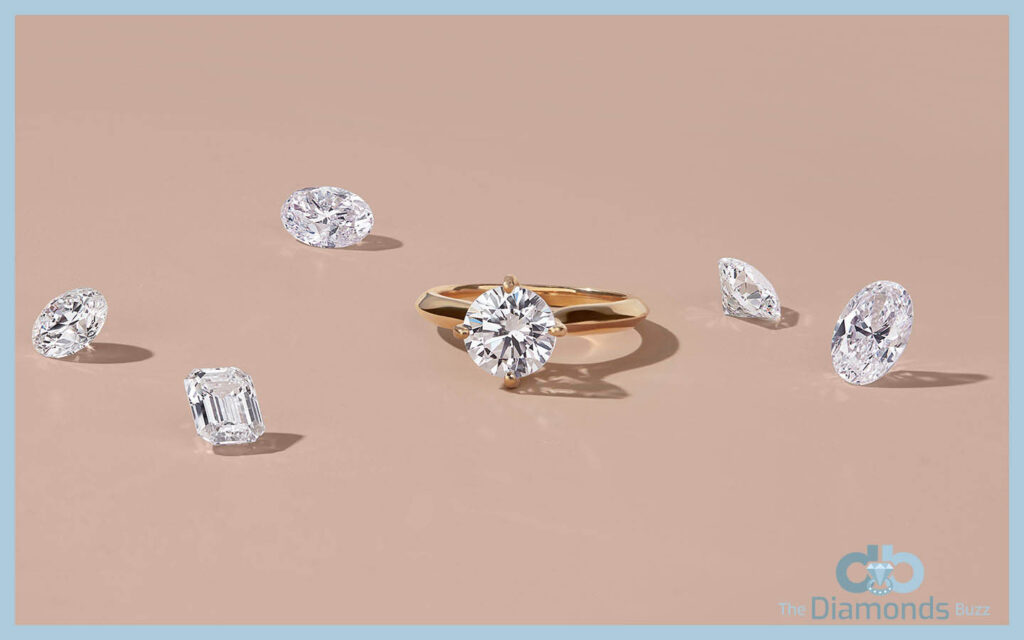
Diamond certification is proof of authenticity for the diamond that you are buying from the market. These are generally accredited by leading authority organizations like GIA, AGS (American Gem Society), IGI (International Gemological Institute), etc.
If you are confused about what these certificates depict, they clarify the four Cs when it comes to the true nature and authenticity of a diamond – carat, color, clarity, and cut. Depending on the 4Cs, the price and the grading of the diamond are determined.
Ensuring that you are cross-checking the lab certificate before purchasing a diamond is mandatory, especially if you want to get your money’s worth and not get scammed in the process. Having the certification enables you to make a justified purchase with a proper understanding of the diamond’s nature, quality, etc.
Also, it makes sense for you to be confused about things, especially when it comes to reading the diamond certification. If you are confused about the same, we recommend that you get a professional gemologist to help you figure out how to read the certification and understand the logistics.
What is the Significance of a Diamond Certification?
If you are buying a diamond, you need to have a certification that will back up the diamond’s authenticity. There should never be a purchase of a diamond without a proper certificate. This is one of those factors that you can’t overlook.
Also, the reason why you need a certification is to be able to return or exchange the diamond for something new in the future. If you take your diamond ring to be replaced 10 years after you have purchased it, there are chances that the jeweler will ask for proof of the diamond’s authenticity.
So, in short, the true significance of a diamond certification lies in its ability to build trust among the consumers and also develop credibility among the users.
How Should One Read a Diamond Certificate?
Unless you are a jeweler or gemologist, not understanding a word that’s mentioned in the diamond certification makes sense. So, let us break down the basics for you.
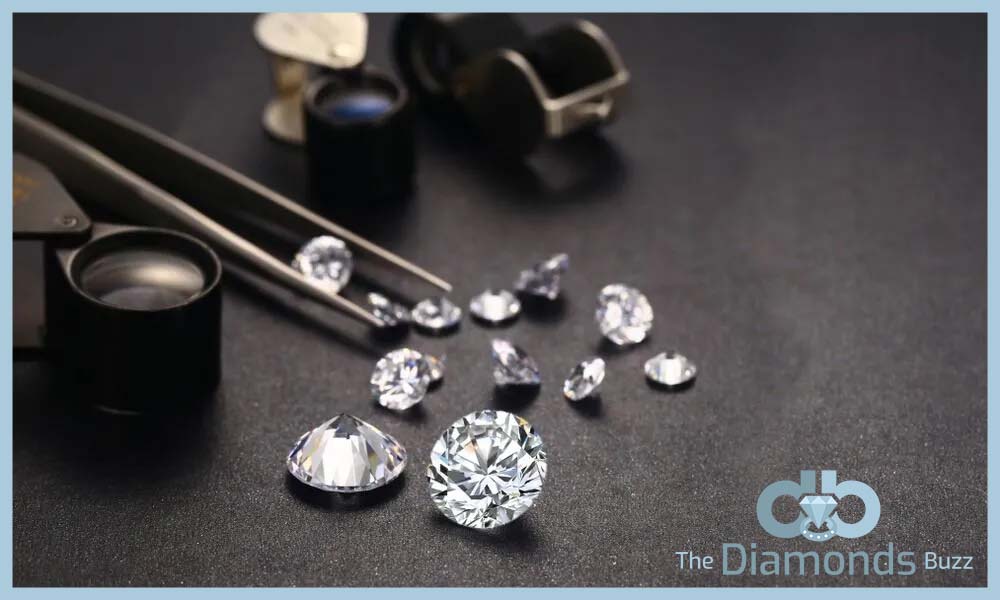
There are three major elements that you have to consider:
- Certificate number
- Measurements
- 4Cs – carat, color, clarity and cut
The details about these three elements are mentioned in detail in the diamond certificate that you will get with your purchase.
If you are wondering what kind of conclusion you can draw from the certificate, there are three things:
- The first thing is that it gives you a rundown of the diamond’s nature. Is it natural or lab-grown? Many consumers often opt for natural diamonds thinking they are the “purest” and “most perfect” version of diamonds, only to pay an exorbitant amount. The lab-grown diamonds are just as good as the natural ones and 1/10th of the price.
- The second thing is access to an unbiased review of the quality of the diamond that is done by the laboratories that have issued the certification. This adds to the authenticity and credibility further.
- The third thing that you get to know in the certification is about symmetry, fluorescence, inscription, comments, etc. when it comes to the diamond.
Many consumers are worried that they won’t be able to read the diamond certification but that’s not the case once you get your hands on the certificate. It is a one-page read and has all the relevant details mentioned in detail. You can always ask the jeweler to help you understand the terminologies if you are stuck somewhere.
What are the Factors to Look for in a Diamond Certification?
Now that you have an overview of what a diamond certification should look like, it makes sense that you’d want to get a better insight into the factors to specifically look for in the certification.
So, let us straighten out the basics for you:
Reputable certification laboratory
When you are exploring a diamond certification, you don’t want to rely on random laboratories that don’t hold the authority in the market. For example, you want the certification to be issued by reliable laboratories like GIA, AGS, or IGI. These organizations are globally recognized for their strict grading standards and unbiased assessments.
Detailed information about the 4Cs
The next detail that you need to be explained in the certification is the 4Cs. This includes carat weight, cut grade, color grade, and clarity grade. These are all the elements that you simply can’t brush to the side and somehow these are the factors that determine the quality of the diamond and the pricing too.
Additional information
In most cases, you will have a “comments” section in the diamond certification that will host all the additional information about the diamond like its fluorescence, symmetry and polish, diamond treatments, etc. If you want to get a complete understanding of the true nature of the diamond, we’d recommend you pay attention to these insights too.
Unique identification number
Ensure that the certification includes a unique identification number that matches the number inscribed on the diamond. This number serves as a means to verify the authenticity of the certification. If this one is missing, it is a sign that the certification is most likely not authentic.
Clear and understandable language
Not everyone who buys is a gemologist or a jeweler, so it makes sense that the certificate will have simple and easily understandable language. If you find discrepancies with the language or find it too hard to understand, that’s another sign that there could be some issues with the certificate.
Certificate date
Check the date of the certification to ensure it is recent. The diamond market evolves, and the value of diamonds can fluctuate. A current certification provides up-to-date information about the diamond’s characteristics.
Also, many reputable certification laboratories offer online verification services. You can verify the details of the certification by entering the unique identification number on the laboratory’s official website.
Which are the Best Diamond Certifications?
Next comes information about the best diamond certifications. To be fair, there are a few different ones that you will come across. All of the ones we will mention are authority third-party lab-based testers that guarantee unbiased and true reviews of the diamonds that you are considering buying.
Following are some of the best diamond certifications worth exploring:
GIA (Gemological Institute of America)
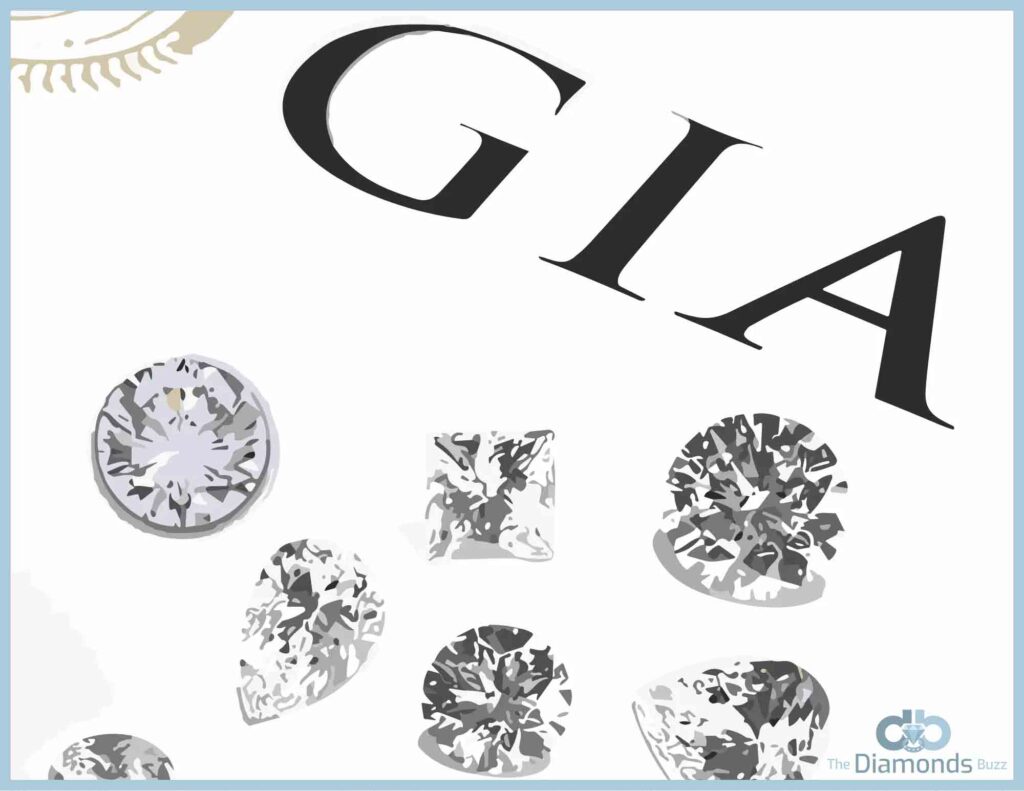
When it comes to diamond grading and certification, GIA happens to be a standard. It is trusted globally, which explains why consumers and jewelers often trust their certification for individual diamond pieces. Besides the 4Cs, their certification also shares in-depth information about the fluorescence and the symmetry of the diamond.
AGS (American Gem Society)

The second on the list is AGS, which is an equally reputable lab that’s known for its unbiased diamond certifications. Developed in 1934, the organization was set up with an initiative to cut back on the fraud that was happening with diamond purchases in the market. The certification provided by AGS focuses on the 4Cs and also the quality grade of the diamond.
IGI (International Gemological Institute)

Next on the list is IGI, which is another globally recognized laboratory that helps in evaluating the quality, pricing, and grade of the diamond based on the 4Cs. Unlike the other certifications, this one is quite detailed and even consists of a diagrammatic representation of the inclusions that the diamond has. This makes the certificate even more authentic and in-depth.
EGL (European Gemological Laboratories)
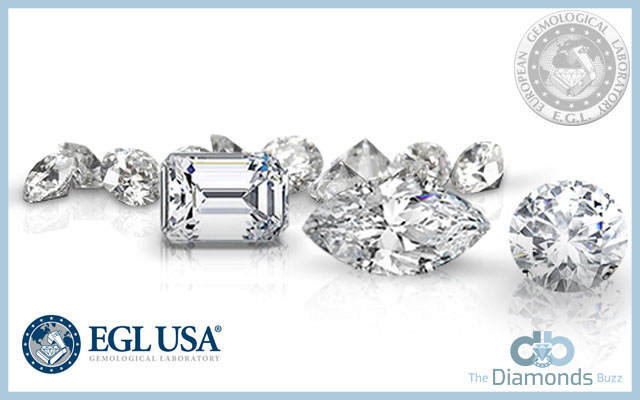
Although not the most popular when it comes to diamond certification, EGL does exist and is worth mentioning nevertheless. They create their certification after assessing the diamond’s 4Cs and additional factors. They do offer a lot more lenience compared to the other certificated issuers.
GSI (Gemological Science International)
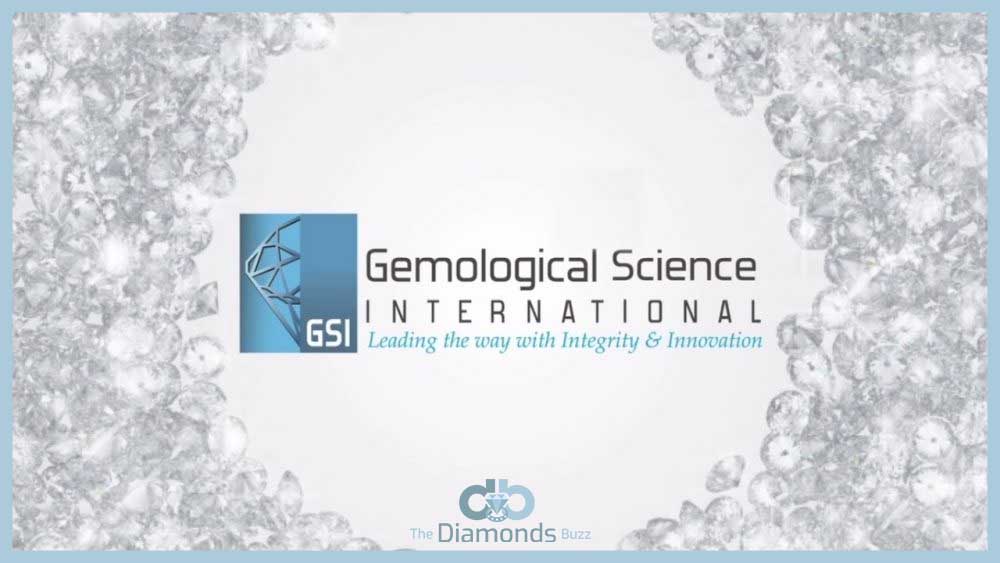
Among all the diamond certification agencies, GSI is probably one of the newest ones in the market. It was initiated in 2005 and they are known for testing both natural and lab-grown diamonds. Even though they are a new entrant in the market, the agency has gained a lot of traction for their authenticity and the advanced technology that they use to conduct the testing. Pretty much all the individual factors about the diamond’s quality are tested by them and mentioned in detail in the report.
Overall, if you are buying a diamond and looking for an authentic and more reliable certification, we’d recommend you choose between GIA, AGS, or IGI. These are the top three most reliable options based on global standards.
How to Determine if the Diamond you are buying is Certified?
Technically, whenever you are considering buying a diamond, you should never do it without a certification. Pretty much every diamond that’s legally sourced and sold in the world has a certificate to its name. What you want to do is look for the diamond’s certification number that’s exclusive to it.
For example, if you are buying a diamond that’s backed with a GIA certification, look for the unique identification number on the certificate. With that, you’d have to follow the steps mentioned:
Check the agency’s website
Once you have the unique identification number, you can visit the certification agency’s online website to verify if the certificate is authentic or not. Once you enter the identification number on the website, it will give you a detailed report.
Check the physical certificate
We explained how you can read a diamond certification in the previous section of the article. We have also explained a list of factors that you need to cross-check when you are reading the diamond certification. Take the physical certificate and cross-check those factors. If you are confused, get a professional to help you figure out the basics.
These individual factors should be enough to help you determine if the diamond that you are purchasing is certified by a reputable agency or not. If it isn’t, we’d recommend that you step back from buying the diamond.
FAQs
Is a diamond certification necessary?
Very much so! If you ever consider buying a diamond, be assured that you have to focus on buying one that has a certification from a reputable agency like GIA, AGS, or IGI. If the diamond doesn’t have a certification, it is a clear sign that it is not from a reliable source and there are discrepancies with the diamond’s quality. Purchasing these kinds of diamonds is not worth the time.
Does the diamond I am purchasing need a certificate if it’s for personal use?
If you are buying a diamond without the certificate, you won’t be able to exchange it in the future, essentially being stuck with the purchase for life, even if the diamond is real and of the best quality.
Is there a difference between a certified and non-certified diamond?
A certified diamond is one that’s tested by an unbiased third-party lab while a non-certified diamond isn’t. Since the certified ones come with a proper certification, it means that they are tested by a professional gemologist while non-certified ones aren’t.
Conclusion
Purchasing a diamond can be an extensive and expensive decision, which explains that you want it to be a proper one. This is where knowing diamond certification comes into play. If you aren’t buying diamonds that are certified, chances are that you won’t get your money’s worth. Worst case scenario, you might get into fraudulent practices too. So, prioritizing cross-checking the diamond certification before your purchase should be a mandate.

